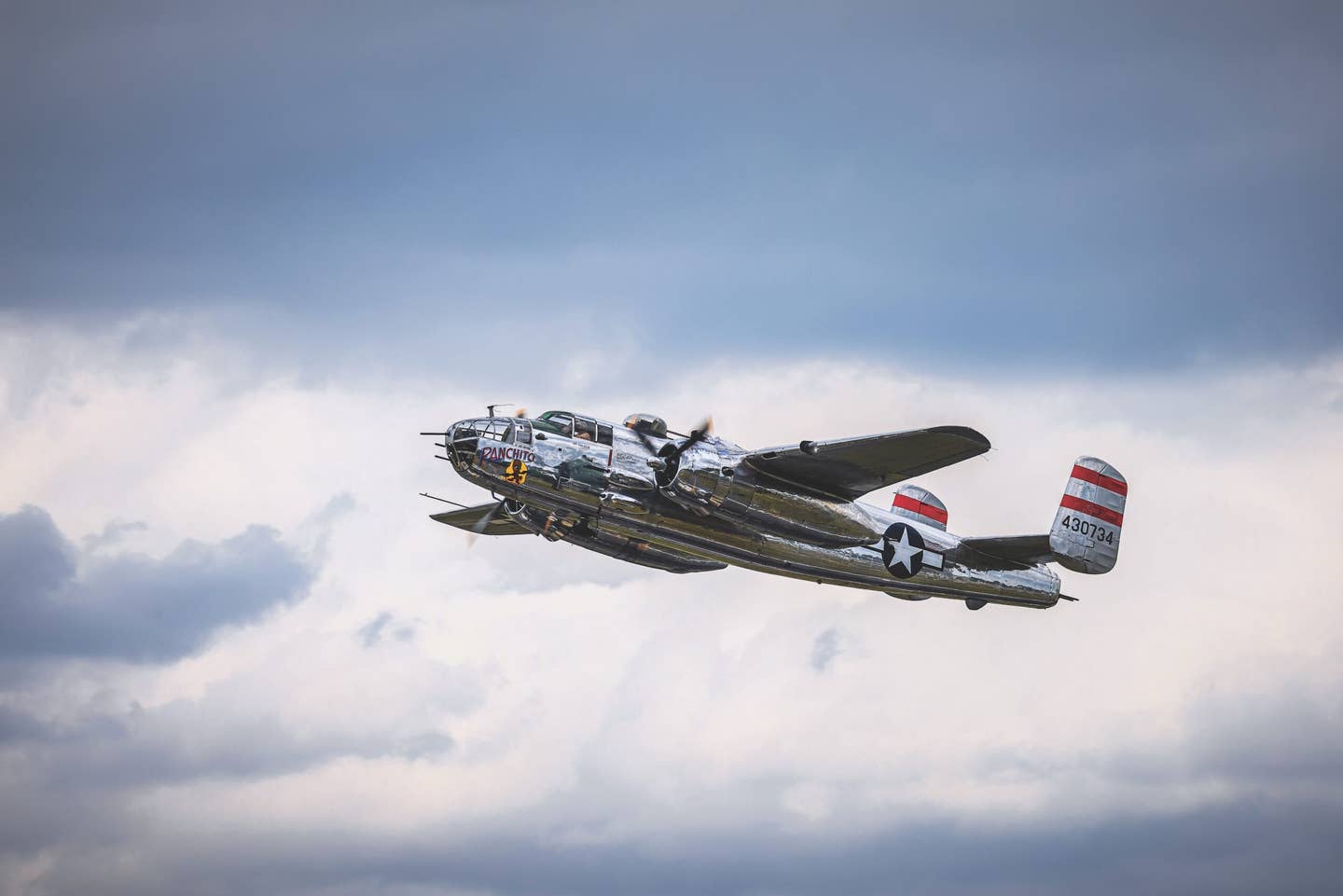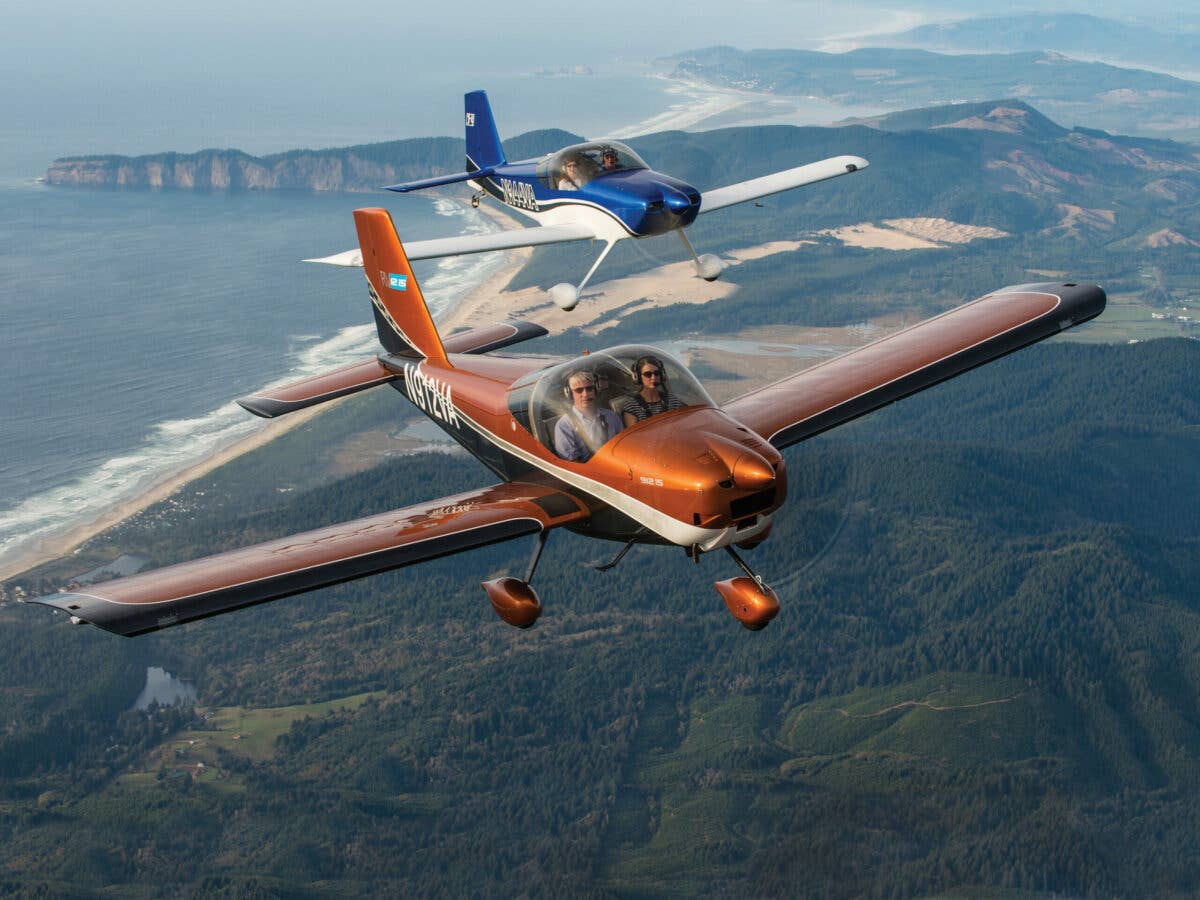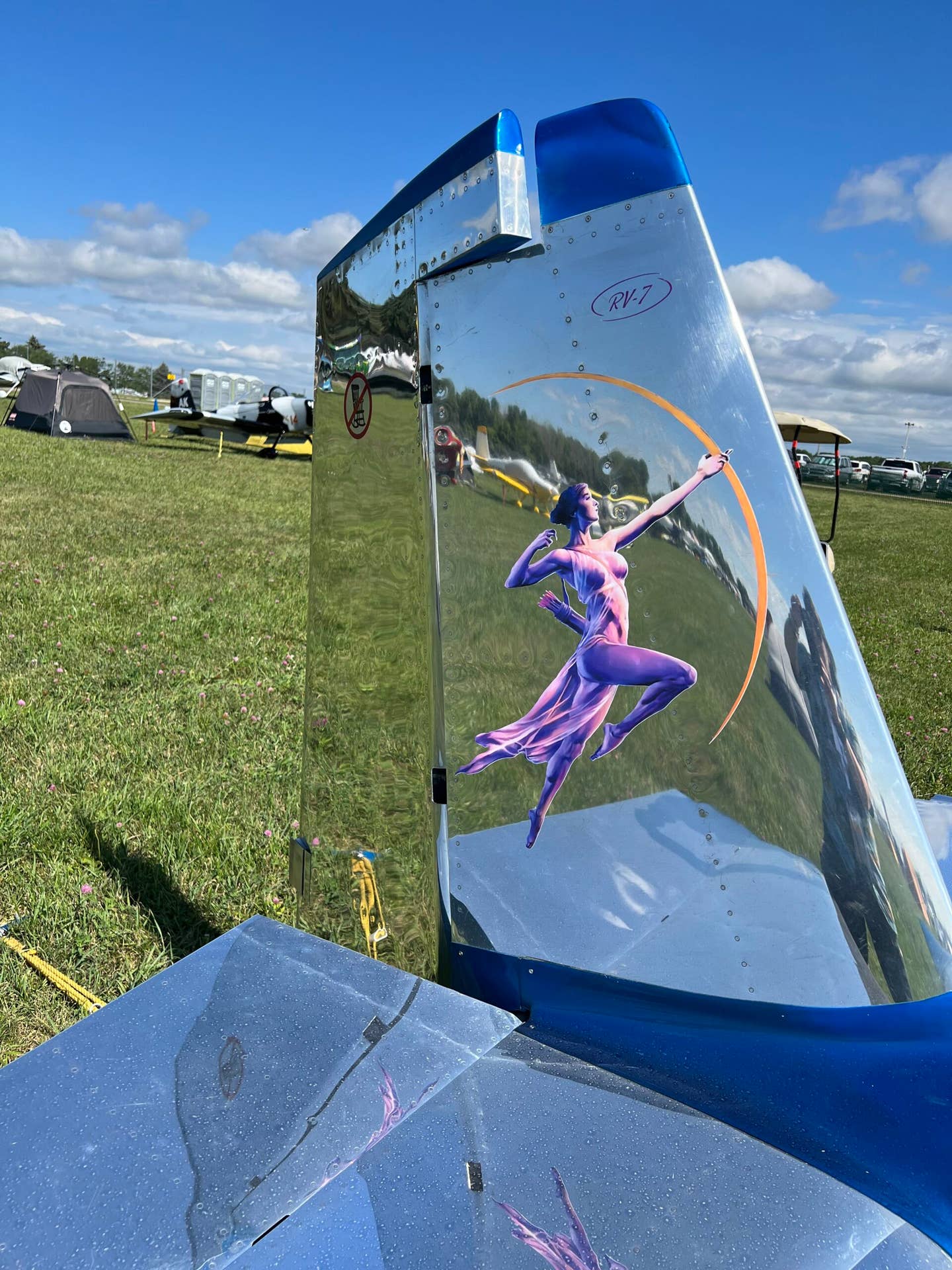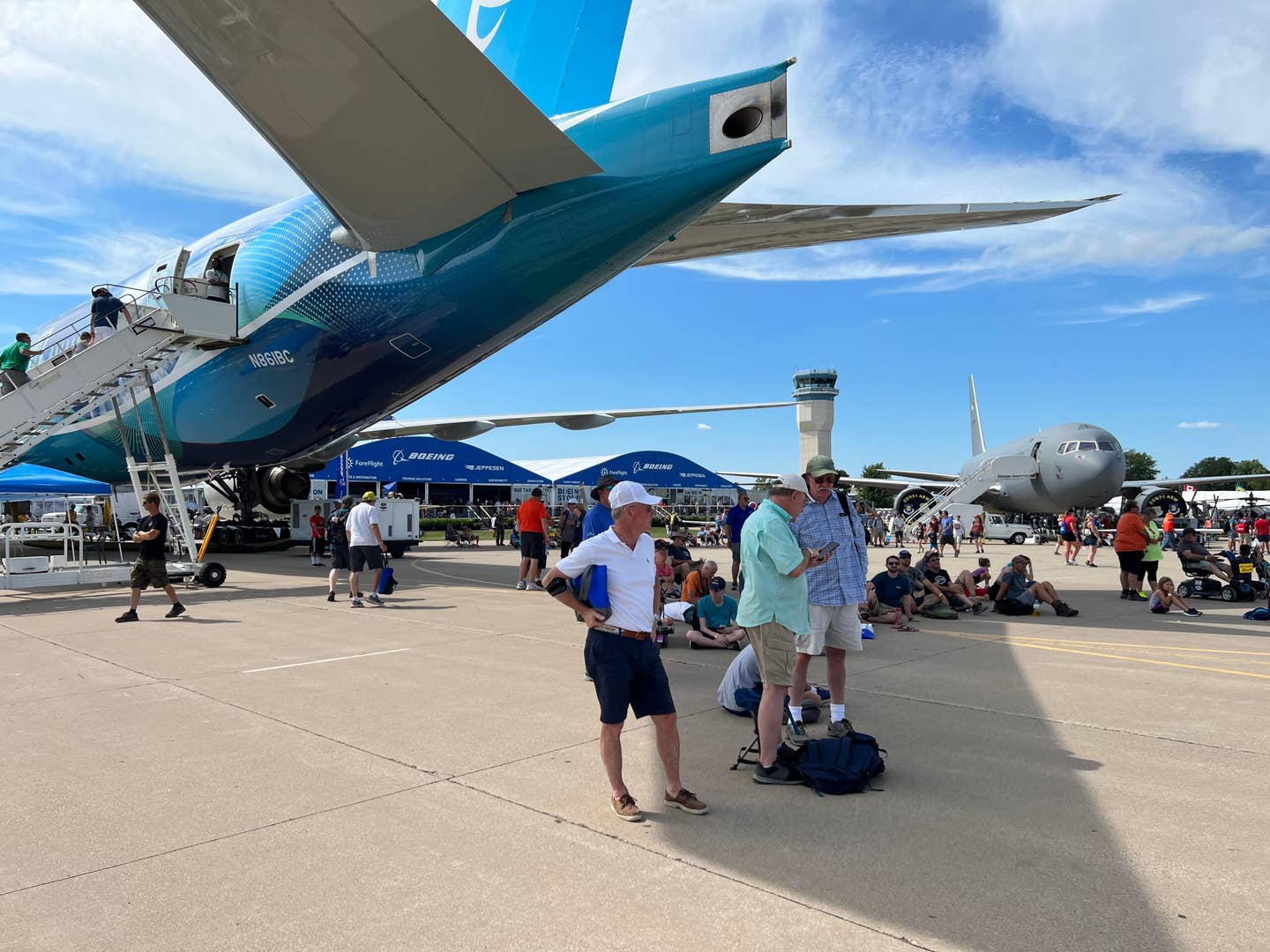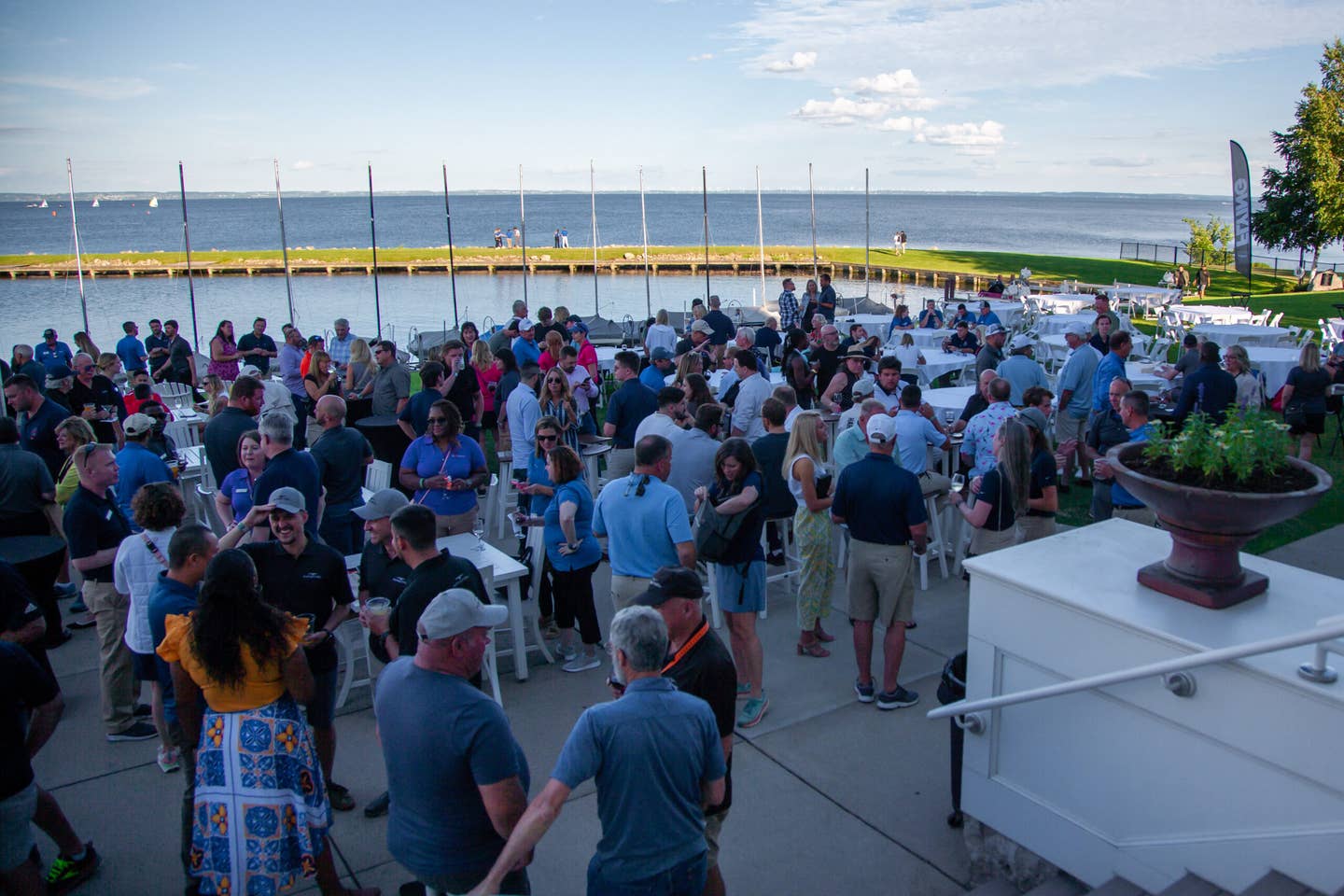Photo Gallery: The Flying Tigers
On December 20, 1941, a bunch of volunteer American mercenary pilots faced a squad of Japanese bombers to protect China. Here’s a photographical look back at that amazing group.
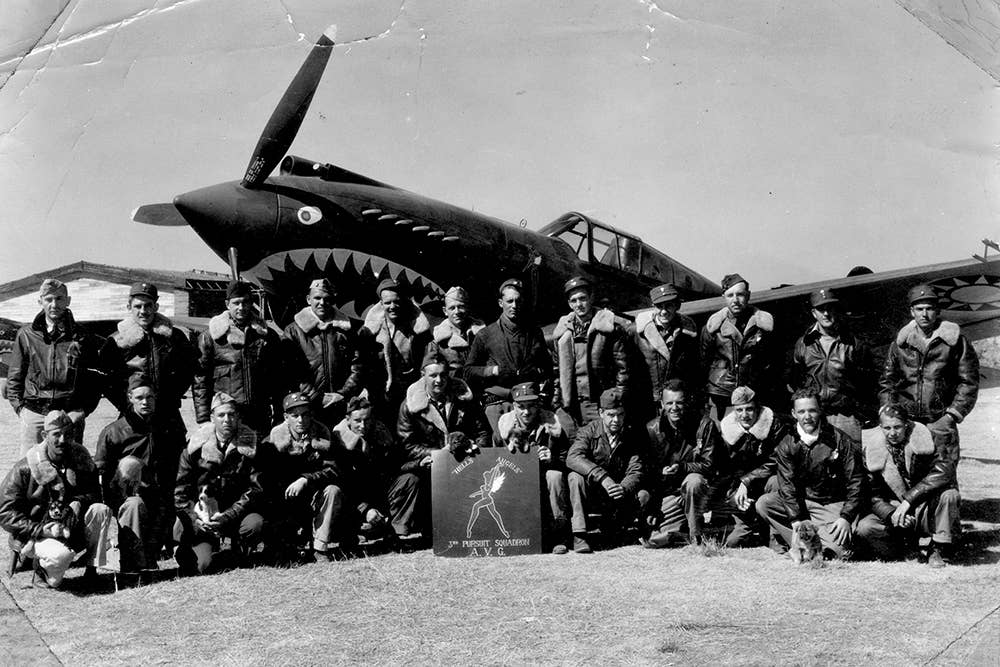
The American Volunteer Group’s 3d Pursuit Squadron, “Hell’s Angels.” The AVG had three squadrons, this one named after a movie about WWI flying. Note that many of their hats are Chinese. [Courtesy: National Museum of the U.S. Air Force.]
On December 20, 1941, a bunch of volunteer American mercenary pilots faced a squad of Japanese bombers to protect China.
The American Volunteer Group (AVG)—better known as the “Flying Tigers”—would go on to down nine out of 10 Japanese bombers in the first of many air battles in a seven-month campaign that helped keep Japan from expanding into China.
Here's a photographical look back at that amazing group.
Flying StaffEditor
Flying Magazine is a one-stop resource for everything aviation, including news, training, aircraft, gear, careers, photos, videos, and more.
Comments(0)
Related Stories

Subscribe to Our Newsletter
Get the latest FLYING stories delivered directly to your inbox

